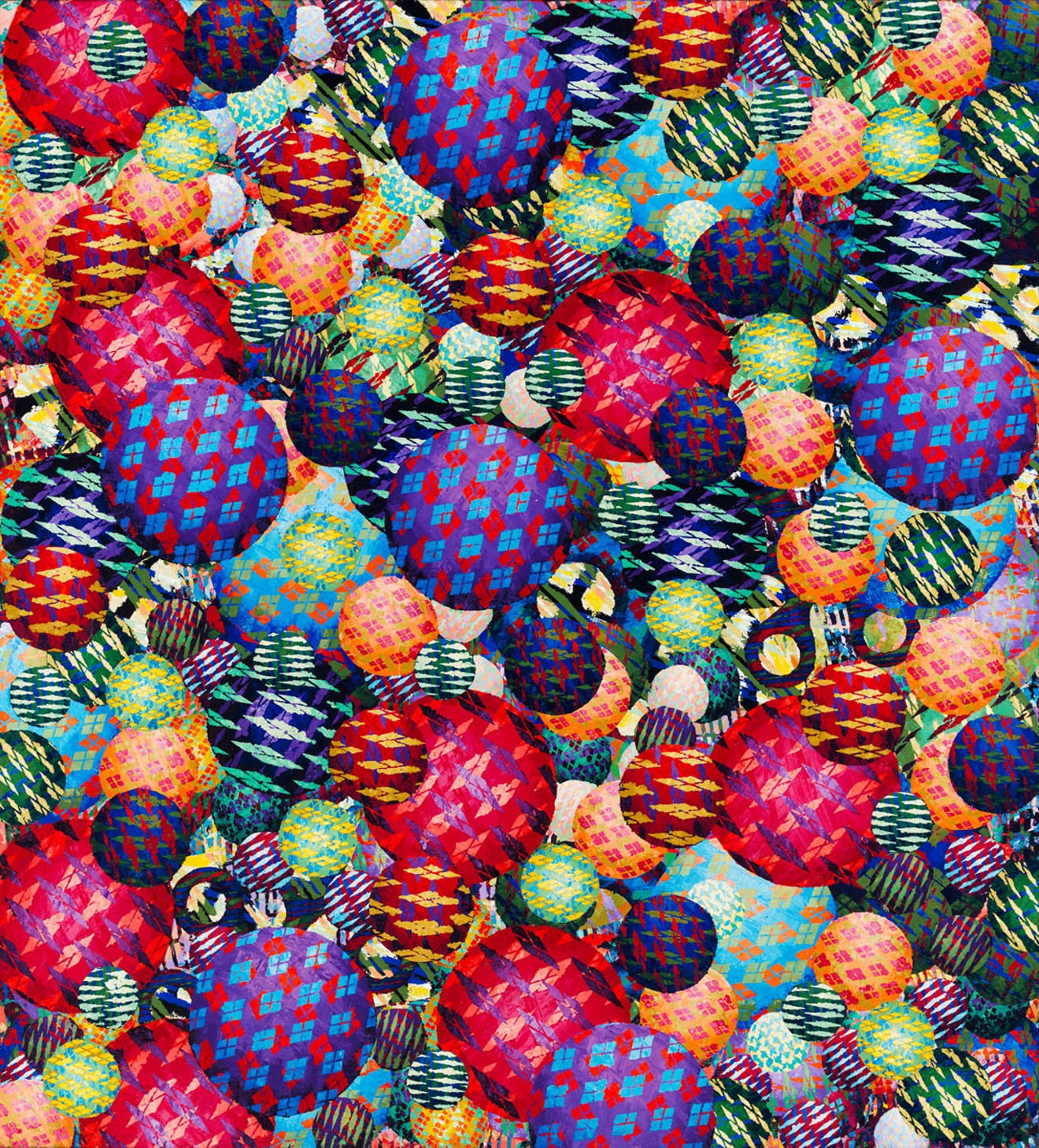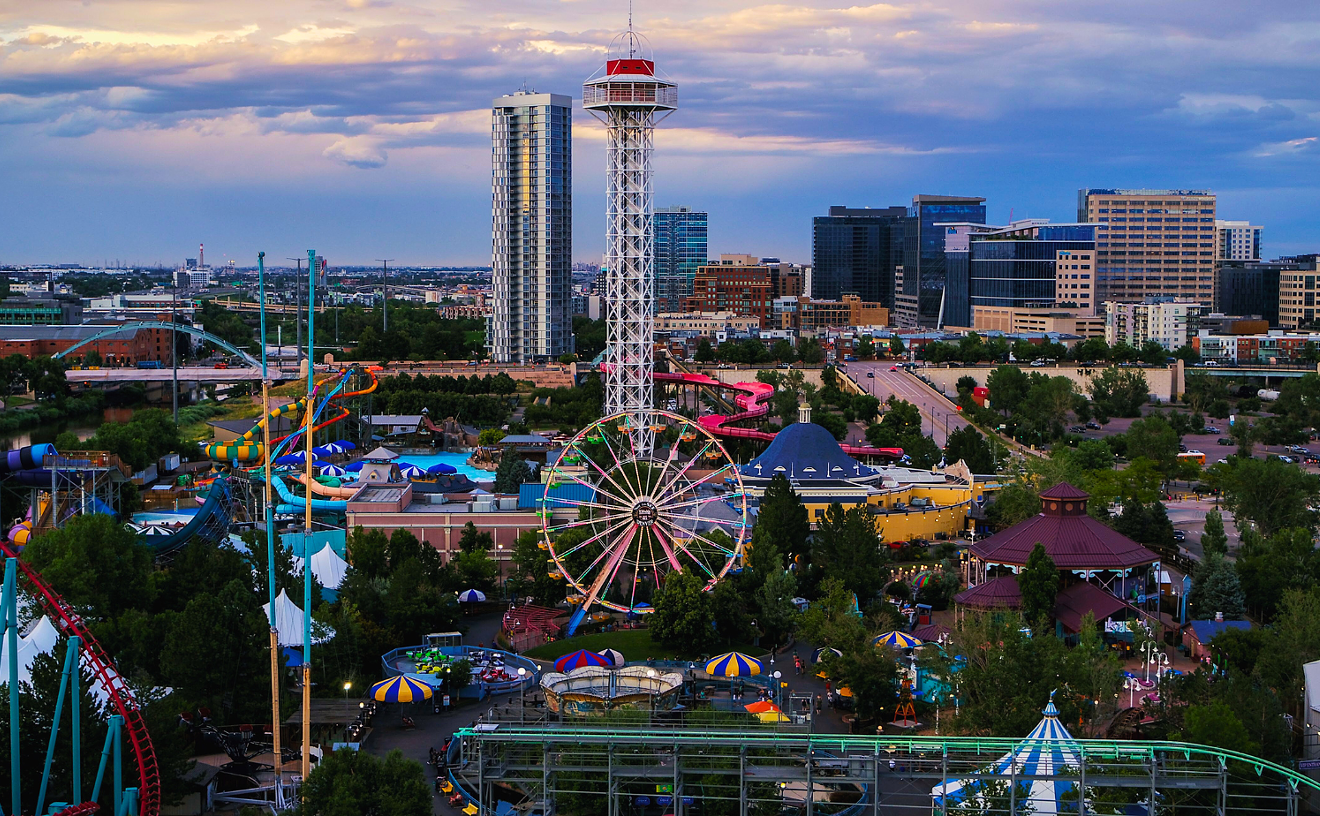It might have something to do with the hard edges of the mountains set against the sky, or those impossibly flat high plains. Whatever the reason, this type of work has not only held on to its relevance, but it’s currently making a comeback. A strong case for that return is The Connected Edge, at the William Havu Gallery, where a trio of artists — two from New Mexico and one from Wyoming — are showing compositions with strong linear elements.

Left to right: "Converse No. 3," acrylic on canvas, and "Passage," acrylic on canvas, by Jeff Kahm.
William Havu Gallery

Left to right: "The Gate," acrylic on linen, and "The Standard," acrylic on panel, by Clay Johnson.
William Havu Gallery

Left to right: "Motion Signal," acrylic on canvas, and "Jupiter’s Necklace," acrylic on canvas, by Aaron Karp.
William Havu Gallery

Left to right: "Hover," acrylic on panel, and "Take Three," acrylic on linen, by Clay Johnson.
William Havu Gallery
The Connected Edge, through March 11 at William Havu Gallery, 1040 Cherokee Street; for more information, call 303-893-2360 or go to williamhavugallery.com.











